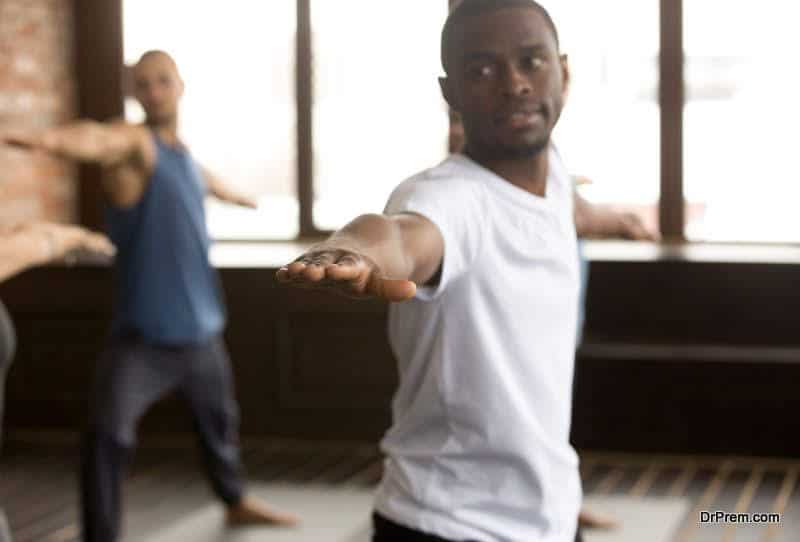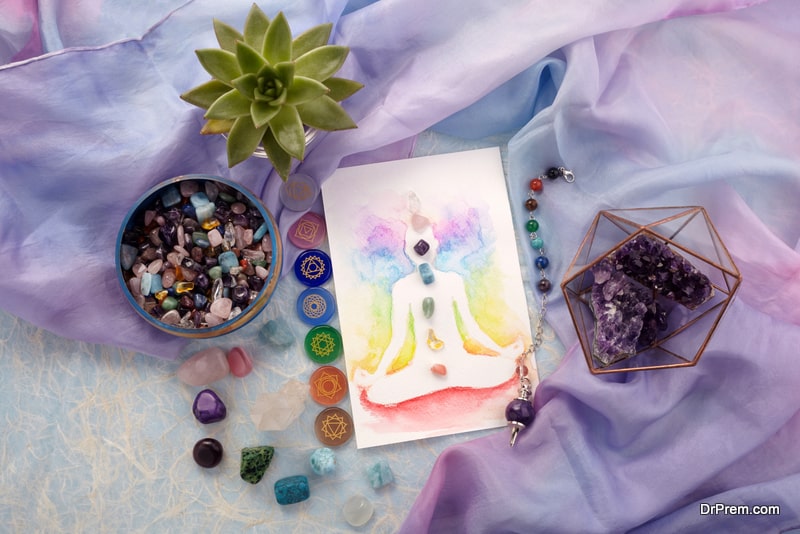The propagator of Iyengar Yoga is Yogacharya Bellur Krishnamachar Sundararaja Iyengar (B.K.S. Iyengar), who developed his own individual style of yoga during the 20th century. Not only did Iyengar teach it, but he also studied it closely, wrote, researched and taught it. The features that make Iyengar Yoga truly different and unique is the fact that it has a perfect balance of pranayama and asanas.
Iyengar Yoga places emphasis on the following forms:
- Using props
- Timing
- Precision in alignment
- Planned sequencing
Iyengar yoga is the perfect option for people who find it tough to perform some challenging postures and are fairly new to Yoga. By adding props to the asanas, this yoga form makes it easier for those who are doing the poses and reduces the risks of injury or strain- hence it is a popular choice.
Beginners in Yoga or those who are old, injured, weak, old or suffering from an ailment are usually advised to go in for Iyengar Yoga and gain the benefits of the various postures that do not impact the muscles.
Props Used in Iyengar Yoga
- Wooden Blocks
- Straps
- Sandbags
- Resistance bands
- Pillow
- Mats
- Foam blocks
- Cushions
- Chairs
- Blankets
- Benches and
- Belts
Not only does Iyengar Yoga make use of props, but it also encourages the trainer to actively find the mistakes of the students and correct them, so that they can arrive at the asanas that would impact their bodies and mind. If there is any lapse or misalignment during the asanas, then it is the duty of the trainer to correct the same so that the students can benefit from Yoga.
Iyengar yoga asanas
There are more than 14 different types of pranayama and over 200 poses that one can practice in Iyengar Yoga and all these have been derived from classical yoga. They have been placed in a way so that one can practice yoga from a level of beginner to that of experienced. With Iyengar yoga, the learners can enhance their flexibility and strength. Various standing and sitting yoga asanas are a part of the routine, and these asanas should not be held for more than five seconds. Here are some of the common Iyengar Yoga Asanas:
- Virasana 1, 2 and 3 or the Warrior Pose
- The Utthita Parsvakonasana or the Extended Side Angle Pose
- The Uttanasana or the Standing Forward Bend Pose
- The Trikonasana or the Triangle Pose
- The Tadasana or the Mountain Pose
- The Swastikasana or the Ankle Lock Pose
- The Supta Bandha Konasana or the Reclining Bound Ankle Pose
- The Savasana or the Corpse Pose
- The Sarvangasana or the Shoulder Stand
- The Salambhya Sirsasana or the Headstand Pose
- The Paschimottasana or the Seated Forward Bend Pose
- The Parsvakonasana or the Extended Side Angle Pose
- The Parivritta Parsvakonasana or the Revolved Side Angle Pose
- The Padungusthasana or the Hand to Big Toe Pose
- The Halasana or the Plough Pose
- The Adho Mukha Virasana or the Downward Facing Hero Pose
- The Adho Mukha Svasana or the Downward Facing Dog Pose
All the Iyengar yoga asanas need to be learnt from a certified and experienced yoga instructor, and have to practiced under their supervision so that the student does not get injured.
Summary
Iyengar yoga is a great form for both beginners and advanced students who are working hard towards their alignment. There are many benefits that one can derive by practicing Iyengar Yoga such as reduced pains and aches, less stress, delay in ageing, better posture, better sleep and appetite, weight loss, reduced respiratory illnesses, as well as a reduced risk of heart disease, amongst other benefits.








